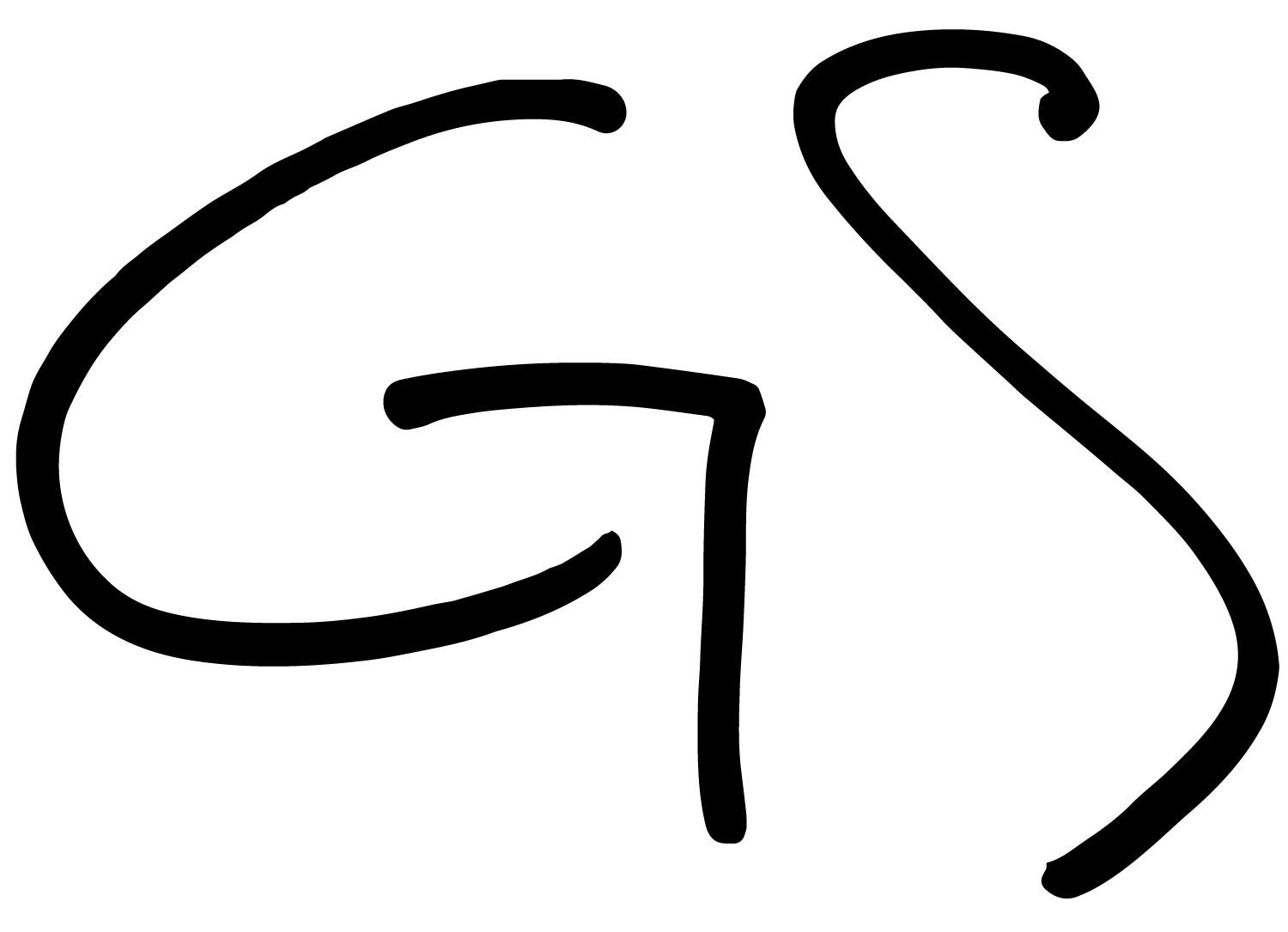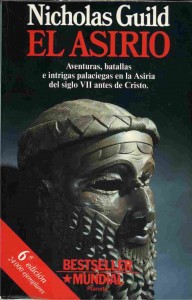Glenn’s Note: I have always stated Nicholas Guild is one of the few select authors I consider as my mentor of the writing craft. After all, one should choose the best to learn from. He’s been 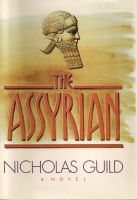 writing since 1975, has been published around the world with many of his works being international bestsellers, and as Publishers Weekly described him, is “…a master of timing, plot and style.” From The New York Times Book Review to the Washington Post, Nicholas Guild has received accolades aspiring writers dream of, and published authors wish for. I’m honored to present this article written by him for my website. His generosity in setting time aside to do so during his hectic schedule is truly appreciated. There is much to learn from my friend and I hope you will enjoy this as I did.
writing since 1975, has been published around the world with many of his works being international bestsellers, and as Publishers Weekly described him, is “…a master of timing, plot and style.” From The New York Times Book Review to the Washington Post, Nicholas Guild has received accolades aspiring writers dream of, and published authors wish for. I’m honored to present this article written by him for my website. His generosity in setting time aside to do so during his hectic schedule is truly appreciated. There is much to learn from my friend and I hope you will enjoy this as I did.
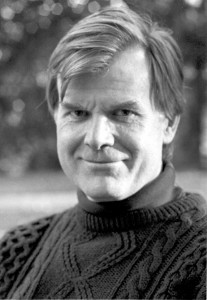 THE CHARACTER OF CHARACTER by Nicholas Guild
THE CHARACTER OF CHARACTER by Nicholas Guild
When I was teaching literature I had a colleague who liked to say, “There are no characters in fiction, only words,” and at the most literal level he was, of course, correct. A novel is merely another species of rhetorical performance, and when we read a story nothing happens in the world outside our nervous systems. We are only processing words.
The problem is that my colleague’s maxim is only literally true. It does not correspond to the ways people, both readers and writers, experience fiction. There is what Coleridge called “the willing suspension of disbelief.” We know, for example, that Elizabeth Bennett and Darcy are not real people and therefore they never actually fall in love, yet we always experience relief and pleasure when at last they come to a right understanding of each other. When we talk about any particular novel or story we talk about the characters as if they were real because on some level they are real for us. There is even a certain amount of neurological evidence that readers experience fiction in much the same way that we all experience real life, and with something like the same intensity. 
And when we talk about characters in fiction we are not far from the way we use the word “character” in real life. For instance, when we describe some real person as a “character” we are referring to a bundle of behavioral quirks that distinguish that person. Our impression of that person is defined by peculiarities of speech, dress, behavior, appearance, etc. which he or she exhibits. Thus in our imagination Theodore Roosevelt always has pince-nez glasses, a walrus moustache and, when he smiles, enormous teeth—and he is always describing things as “bully”.
Comic characters frequently have “character” in this sense. Mr. Micawber in David Copperfield always speaks with a comic formality which is instantly recognizable and is always waiting for “something to turn up.” Mr. Collins in Pride and Prejudice is always expatiating on the wealth, grandeur and “condescension” of his patroness Lady Catherine de Bourgh. Mammy Yokum in Li’l Abner of blessed memory always smokes a pipe, ends every discussion with the words “Ah has spoken!” and could have beaten Jack Dempsey to a pulp. Such characters are usually what E.M. Forster described as “flat”—two dimensional and with no psychological depth, no more than the sum of their mannerisms.
 Of course not all flat characters are comic. Television abounds with heroic types who are essentially flat. My personal favorite was always Steve McGarrett of Hawaii 5-O (if anyone remembers that series). He had a vocabulary of about four words—“Book ‘em. Murder One!”—and it is impossible to imagine what his childhood would have been like. But generally speaking we expect non-comic characters in fiction to have a little more depth. To use Forster’s term, we expect them to be “round”.
Of course not all flat characters are comic. Television abounds with heroic types who are essentially flat. My personal favorite was always Steve McGarrett of Hawaii 5-O (if anyone remembers that series). He had a vocabulary of about four words—“Book ‘em. Murder One!”—and it is impossible to imagine what his childhood would have been like. But generally speaking we expect non-comic characters in fiction to have a little more depth. To use Forster’s term, we expect them to be “round”.
Round characters are those we can imagine having an inner life. They are allowed, even expected, to exhibit contradictions. They are human the way we are human.
But to my mind there is one possible difference. Our sense of “character” in fiction is in many ways close to another way we use the word in real life, which is essentially moral. We speak of people as possessing “character” as an attribute, like eye color. George VI of England showed “character” during World War II by identifying himself personally with the goal of victory. He refused to let his family seek safety in Canada and he made it clear he would not come to any kind of terms with the Germans, even if England were overrun and occupied. He was prepared, apparently, to fight to his dying breath, and thus he revealed—or appeared to reveal—the core of his nature.expected, to exhibit contradictions. They are human they way we are human.
It is open to question whether any of us really have such unified personalities. Perhaps all we have are random clusters of impulses. I don’t pretend to know. But such unity is precisely what we expect to find in fictional characters.
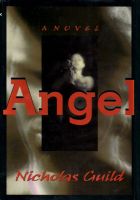 Of course fictional characters have the advantage of being knowable in a way real people simply are not.
Of course fictional characters have the advantage of being knowable in a way real people simply are not.
Our knowledge of the external world, and that includes our knowledge of other people, comes through the senses. We see other people, we hear them, we touch, smell and sometimes 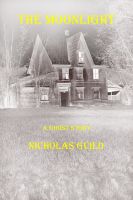 even taste them. Yet we are constantly being blindsided by our fellow mortals and discovering that the person we thought we knew doesn’t exist, is actually another sort of person altogether, and the reason this happens is not difficult to discover.
even taste them. Yet we are constantly being blindsided by our fellow mortals and discovering that the person we thought we knew doesn’t exist, is actually another sort of person altogether, and the reason this happens is not difficult to discover.
What do we actually know about anyone else’s inner life? Only what they choose to show us, or let slip—in other words, a highly edited version.
But characters in fiction are open to us. The author, who created them, tells us what they are thinking, sometimes even gives us a transcript. Their desires and anxieties are, quite literally, an open book to us. Therefore it is possible for us to know that core we think of as the essence of each person’s private humanity.
Thus, while we only intermittently judge each other, our moral judgments of characters in fiction are relentless. It is a point writers forget at their peril: readers read from within the context of their most conservative morality.
It is also worth remembering that controlling the sympathy of a reader is a complicated business. Think of the reader as resembling a bull wearing blinders and a ring in its nose. It can only see straight ahead, and straight ahead is a direction you control. The writer creates an imaginary world and all the reader can experience of it is what he or she is shown. The writer is in control, so he or she had better be careful.
 A student of mine once wrote a story about the interior life of a girl in a coma. The problem was that the girl had reached this state by mixing drugs and alcohol, which my student seemed to regard as the moral equivalent of being struck by lightning. It took me a while to convince her that the reader would judge her character negatively and that this would affect the impact of the story in ways she hadn’t anticipated and didn’t want.
A student of mine once wrote a story about the interior life of a girl in a coma. The problem was that the girl had reached this state by mixing drugs and alcohol, which my student seemed to regard as the moral equivalent of being struck by lightning. It took me a while to convince her that the reader would judge her character negatively and that this would affect the impact of the story in ways she hadn’t anticipated and didn’t want.
That was the sort of oversight which hopefully is restricted to the very young (my student, as I remember, was nineteen). Every writer wants the reader to be on the side of their hero or heroine. But the same considerations apply when you are creating a villain.
Villains are tough. If you make them too evil the reader will lose interest. Thus you have to make your villains credibly human. Why do they do all those terrible things? What do they want? The essence of the thing is that everyone has a point of view, even Jack the Ripper and Adolf Hitler, and real people are more interesting than monsters. The reader needs at least to understand the bad guy, so always provide him with a backstory.
End of sermon.
